Philodendron serpens is a rare or hard-to-find climbing houseplant with show-stealing fuzzy petioles and large, broadly arrowhead-shaped leaves with a heart-shaped base. Also, it is easy to grow and air purifying.
We will take you through P. serpens appearance, care, and growing conditions (humidity, light, temperature, watering, soil, fertilizer, etc.). Also, we will look at problems, and mention something on propagation.
That is not all. You will also know where to buy it, including Etsy.com or eBay, and the prices. But we will not talk about Philodendron squamicaule vs. serpens, as it is covered elsewhere.
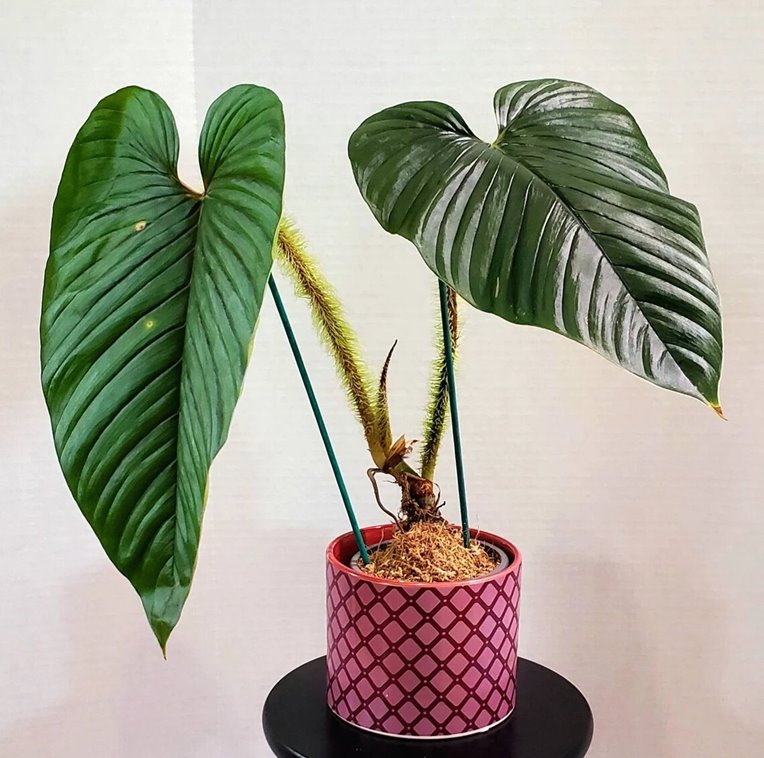
Contents
- Quick overview
- Description and appearance
- 1. Growing habits
- 2. Leaves
- 3. Stems
- 4. Flowers
- Philodendron serpens vs. verrucosum
- Philodendron serpens green, red, chocolate, etc.,
- Philodendron serpens care
- Philodendron serpens propagation
- Problems and issues
- Where to find Philodendron serpens on sale
- Frequently asked questions FAQs
Quick overview
- Scientific name: Philodendron serpens
- Family: Araceae (arum family or aroids)
- Native habitat: Colombia and Ecuador
- Toxicity: All plant parts are toxic to cats, dogs, and humans. Why? It has insoluble calcium oxalates. If chewed, patients will suffer from severe oral irritation and a burning feeling. Also, their mouth, tongue, or lips may swell and turn red. Other signs include drooling, loss of appetite, and swallowing difficulties.
- Care level: Easy or low maintenance
P. closely resembles Philodendron squamicaule and joins P. verrucosum and Philodendron fibrosum as some of the Philos with fuzzy petioles.
Its Latin name serpens closely means serpent. It probably refers to the leaf shape and the point of attachment to the petiole that resembles a snake about to strike.
Description and appearance
Since it resembles P. squamicaule, you should know its growing habits and what this plant looks like (leaves, stems, and flowers). Perhaps, with this knowledge, it will be much easier to tell the difference between these two.
1. Growing habits
Philodendron serpens is a climbing, evergreen plant native to Colombia to Ecuador. It occurs in the Andean region at 2,296-4,929 feet (700–1500 m) above sea level, and the specific locations in Colombia are Nariño, Valle del Cauca, and Risaralda departments.
This aroid grows as a hemiepiphyte. So, its lifecycle has terrestrial (ground) and epiphytic phases. Also, like most of the other plants in the genus, it undergoes morphogenesis as it grows from juvenile to adulthood. So, expect juvenile and adult plants to have some differences.
2. Leaves
Mature Philodendron serpens has large, 11.8-17.7 inches long by 5.5-7.1 inches wide, broadly sagittate (arrowhead-shaped) bright green leaves with a heart-shaped base. These thinly leathery leaves have a paler on the underside, with some specimens having a reddish lower side or reddish veins.
The midrib is slightly sunken, and the thin lateral veins depart from the midrib at a nearly obtuse angle. These veins are set a bit deeper, creating a pleated or ridged look, and curved towards the margin.
Lastly, their hairy or fuzzy petioles are green. However, this may have a reddish tinge and are nearly but not equal to the leaf blade’s length.
3. Stems
Stems have dark brown fibrous scales and are leafy towards the top of the plant.
4. Flowers
When mature, P. serpens will bear inflorescences with a whitish, thick, terete peduncle that is finely wrinkled along its length, a thickly and fleshy spathe (bract), and a cylindrical spadix.
The spathe has two sections, i.e., a closed ovoid tube that is pale pink on the outside and pale purple inside and a pale yellowish-green, open boat-shaped blade.
On the other hand, the whitish spadix has three sections, i.e., the bottommost female part, middle sterile male, and upper fertile male.
Philodendron serpens vs. verrucosum
If you didn’t know, there is an unnamed Philodendron serpens x P. verrucosum hybrid whose creator is unknown. Only Ecaugenera.com has it and not much information is available about it.
This hybrid has heart-shaped leaves with slightly paler and sunken midrib, primary lateral and basal veins. Also, it has a greenish (some red-tinged) petiole that is hairy or fuzzy and the underside may be green but paler or be reddish tinged.
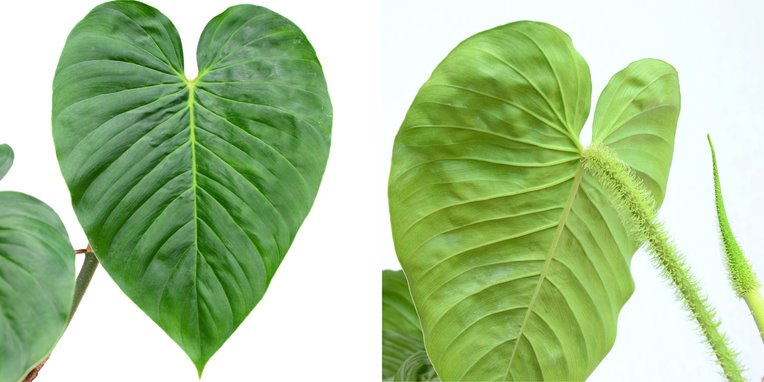
Philodendron serpens green, red, chocolate, etc.,
P. serpens leaves are usually bright green with a paler underside. But some clones or variants may have red or chocolate color. These names tell you more about what the underside looks like, nothing more.
Philodendron serpens care
Contrary to what many people assume, caring for Philodendron serpens isn’t hard. Just ensure they have a warm (65-85°F), humid place with bright, indirect light.
Their soil should be airy, well-drained, and rich in organic matter. Also, water this plant when a few top inches of the potting mix feel dry. Other care needs include feeding, pruning, repotting, and staking.
Here are Philodendron serpens care and growing needs
- USDA hardiness zone: 10-12, not frost hardy, and cannot tolerate freezing conditions for long.
- Temperature: 65 to 85°F (18-29°C). Avoid cold drafts, heat stress, sudden temperature changes, or those below 55°F.
- Humidity: It prefers high humidity, 60-80% but can tolerate around 50% or a bit lower.
- Light: Bright, indirect light. Avoid direct sun, except the early morning sun on an east window, and buy a grow light if too little.
- Best soil: Philodendron serpens requires a well-drained, aerated potting mix high in organic matter. Get an aroid mix from Etsy.com or add perlite, bark chips, compost, and peat moss or coco coir to your potting soil.
- Watering: Thoroughly water when the top few inches of the soil or up to the 1st knuckle of your finger feels dry. But if you have a soil moisture meter, water when the reading is in the dry zone. XLUX Soil Moisture Meter is a good pick.
- Feeding: Feed monthly during the growing season with a balanced, liquid houseplant fertilizer such as 10-10-10 or 20-20-20 at ½ the recommended strength. Bonide Liquid Plant Food 10-10-10 is an excellent pick.
- Pruning: Cut dead, damaged, or diseased leaves with sterilized gardening shears. In early spring, you can cut back a bit of the stem to control size.
- Repotting: Repotting is after 2-3 years or when rootbound. Use a pot 2-3 inches wider in diameter.
- Staking or support: Train your plant on a moss pole, trellis, totem, etc., since it is a climber.
Philodendron serpens propagation
The best way to propagate Philodendron serpens is by stem cutting either in water or soil. But you are at liberty to go for air layering. Seeds are impossible to find.
If you opt for stem cutting propagation, it must have at least a node, i.e., the knuckle-like part where leaves attach and aerial roots grow. Otherwise, you cannot use a leaf with petiole, aerial roots, or a nodeless stem.
Air layering will involve wrapping moist sphagnum moss on the chosen node while the plant is still attached to the mother plant. Keep the sphagnum moss moist and ensure there is air circulation. Once the roots are long enough, cut and propagate this plant.
Lastly, the exact steps are similar to those you follow when propagating any other climbing Philodendron.
Problems and issues
Philodendron serpens is not prone to any specific issue. But it can have any of the problems that Philodendrons have.
Let us have an overview.
| Issues | Comment |
| Pests like aphids, thrips, spider mites, mealybugs, or scale insects | Uncommon indoors, except for perhaps mites. Always check for any of these pests with a 10X magnifying glass. If you notice any bugs, use insecticidal soaps, horticultural oil sprays, or neem to manage them. |
| Bacterial and fungal leaf spots | They are uncommon too. But may occur, causing brown or black lesions, some with a yellow halo. Avoid wetting leaves for long, isolate new plants and maintain proper sanitation (sterilize gardening equipment and wash hands). |
| Root rot | Root rot is a common issue for people who grow this plant in heavy, poorly draining potting mixes or are fond of overwatering it. If positively proven by the presence of mushy black or brown roots, immediately repot your plant if not all roots have decayed. Don’t forget to remove any decayed bits with sterilized gardening scissors. |
| Leaves yellowing | You are likely overwatering your plant. Other common reasons are underwatering, heat stress, cold drafts, too little or too much light, and nutritional deficiency. |
| Brown tips and edges | Possible causes are too much light, low humidity, underwatering, heat stress, or fertilizer burns |
| Brown splotches | They may occur due to overwatering or cold damage |
| Brown spots | Pests and disease are the likely reason |
| Leaves curling | Common causes are underwatering, heat stress, too much light, low humidity, or anything that causes rapid moisture loss or hampers water absorption by roots, |
| Drooping and wilting | Plant cells don’t have enough water to keep them rigid. Reasons are similar to those of leaves curling. |
Where to find Philodendron serpens on sale
Begin by checking at Etsy.com, followed by eBay. These two marketplaces have sellers from around the globe or those willing to ship to your location, whether it is the UK, Canada, the US, Singapore, Australia, etcetera.
The second place to hunt for this rare plant is social media platforms, specifically Instagram and Facebook. They, too, have dozens of vendors from around the world. Just ensure you get one you can trust. Some sell the look-alike Philodendron squamicaule.
More places you can buy these aroid and respective prices are as follows:
- Tropicals Plants (Tixan-Chiquintad-Cuenca, Ecuador) $50
- Groovy Plants Ranch (Marengo, OH) $275
- Peace Love and Happiness Club (Seattle, WA) $228.00
- Carnivero (Austin, TX) $160
- ecuagenera.com (Ecuador) $95
- Plantstay (Gainesville, FL) $195.00
- NSE Tropicals (Plantation, Florida) $195.00
Most of the above vendors ship in their respective countries, with some shipping internationally.
Lastly, google “Philodendron serpens for sale” to get more places near you. You cannot miss one or two sellers. And if you know other sites, share with us.
Frequently asked questions FAQs
Yes. Philodendron serpens is an extremely rare and hard-to-find houseplant. You are unlikely to find it in your local tropical plant specialty stores, and none of the big box stores or large-scale horticultural growers have it. Only a handful of vendors have it, and they sell it expensively.
The Philodendron serpens price ranges from $80 to $400, making it a very expensive houseplant. Leafless stem nodes and unrooted cuttings will cost you $80 to $120, while rooted to establish plants go for $120 or more. But these costs depend on where you buy your plant.

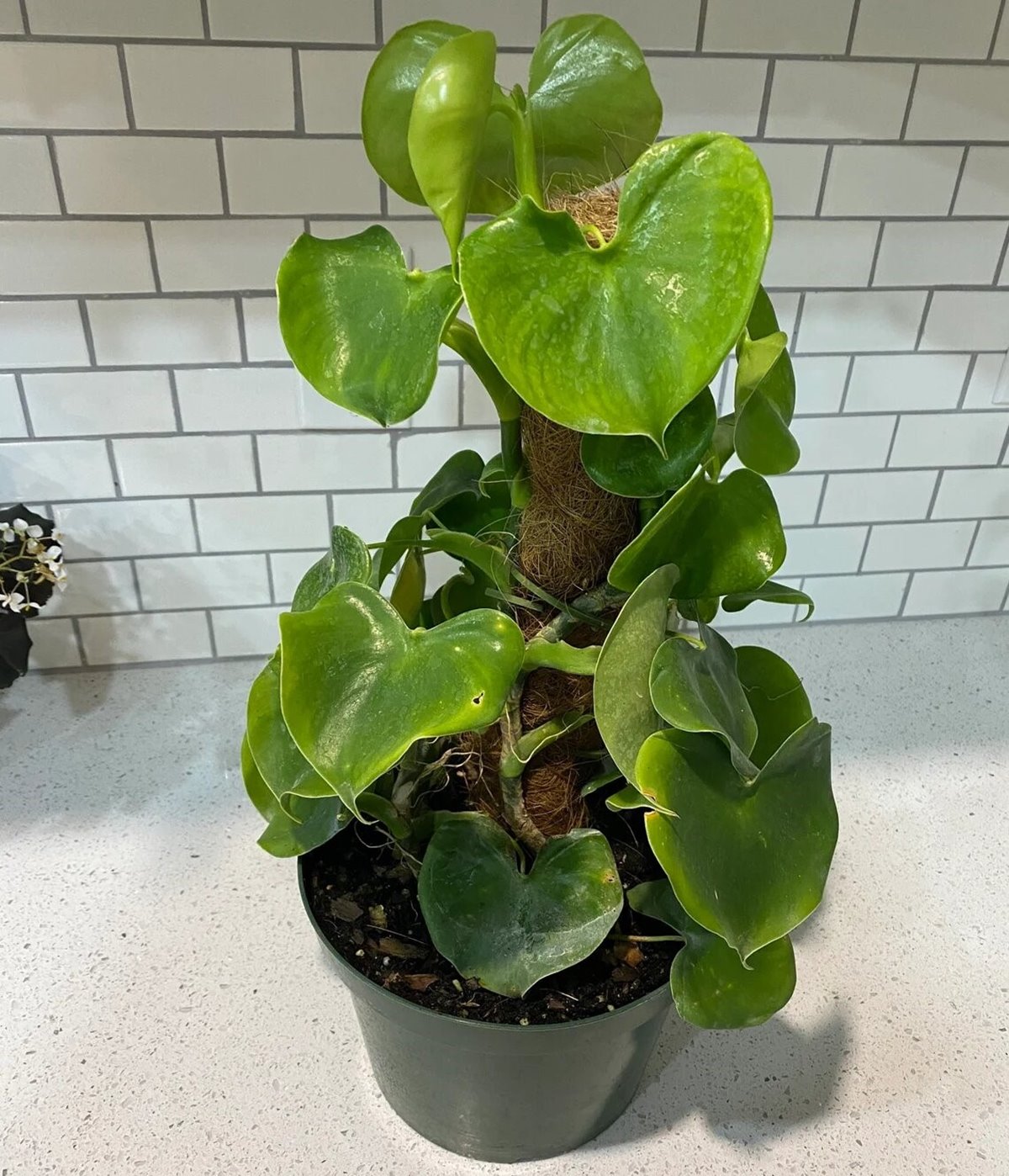
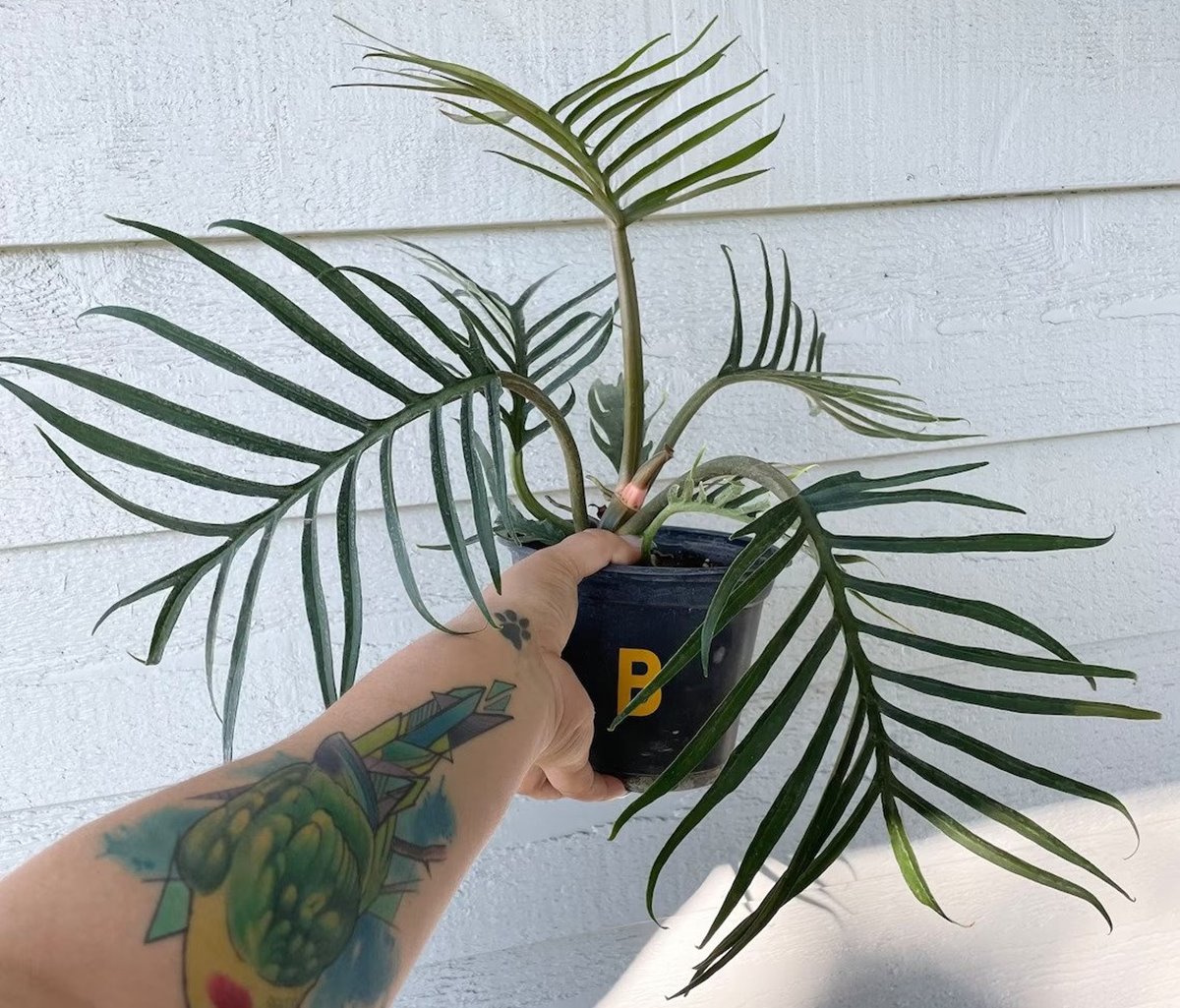
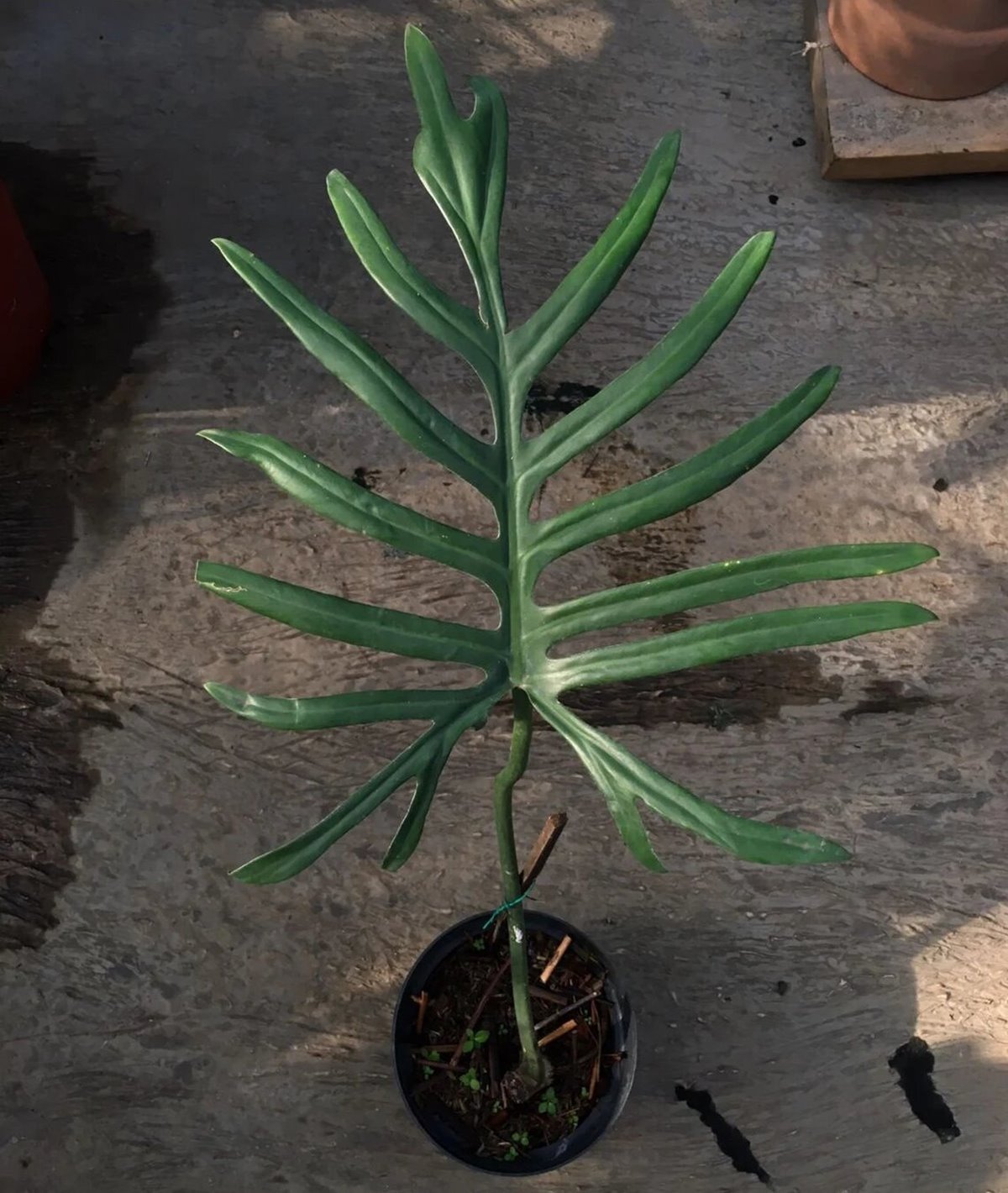

Leave a Reply